As the summer’ cherry season fades, you might be faced with a lingering bag of the fruit in your fridge. If you’re cherried-out and you can’t bring yourself to eat them plain, but you don’t feel at peace throwing out Earth’s crimson gifts, there are plenty of interesting ways to use up your cherries.
From preserving them for year-round enjoyment, to drinking them in a festive brew, we’ve got 10 ways you can consume cherries (even the frozen kind) until next season rolls ‘round again.
Make brandied cherries
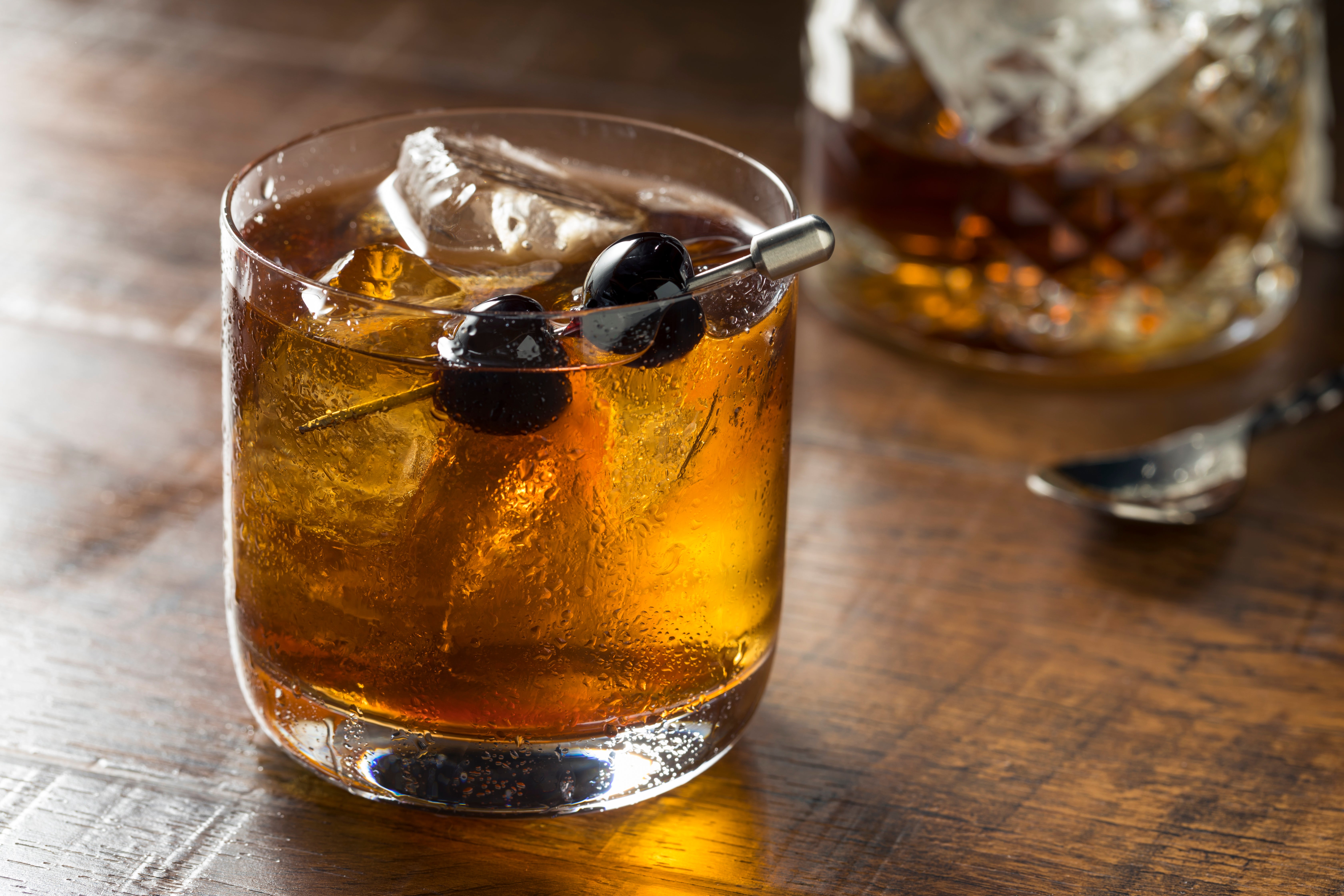
Possibly one of my favourite ways to eat cherries is one at a time, after they’ve spent a while submerged in a cocktail. Brandied cherries are syrupy and boozy, perfect for your best Manhattan or skewered over an old fashioned. There are a couple iterations of making brandied cherries at home, including the cooked, spiced version or the uncooked version. During preparation, decide if you’d like to brandy them with pits and stems (which is clearly much easier on the brandier’s part and harder on the eater), or if you’ll be pitting them for your future drunk-self. When jarred and dressed with a bow, they’re cute enough to give as a gift.
Turn them into fruit compote
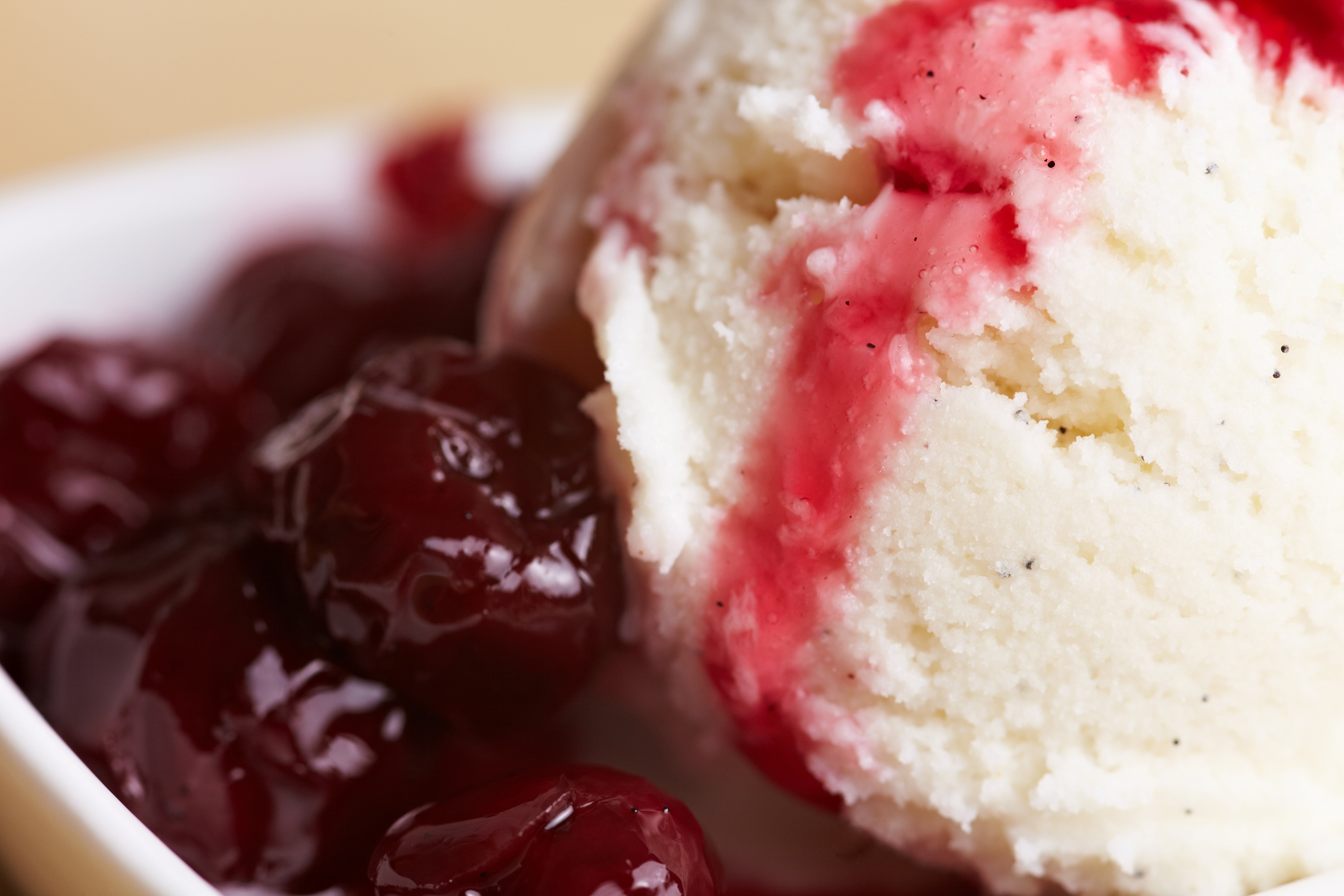
Cherries have a nice balance of fruit fibre to water content, which means they make a great sauce. Fruit compotes are, at minimum, fruits that is cooked down until it bursts, and reduces down into a liquid. Suddenly, it’s a whole new food. The fruit you were not in the mood to eat raw has been transformed into a delicious sauce with which you can eat with other foods.
Make a cherry compote by pitting the cherries and adding them to a pot that’s big enough for about 50% of the cherries to touch the bottom. Add one or two tablespoons of water to keep the cherries from burning before they burst. Cook them over medium-low heat for about 10 minutes, or until all of the fruit has ruptured and broken apart. If you taste your cherries and you feel they could stand to be sweeter, stir in one tablespoon of sugar while they’re cooking. Use as a topping for ice cream, pancakes, or cheesecake. Fruit compote will keep in the refrigerator for 1-2 weeks.
Pickle those cherries
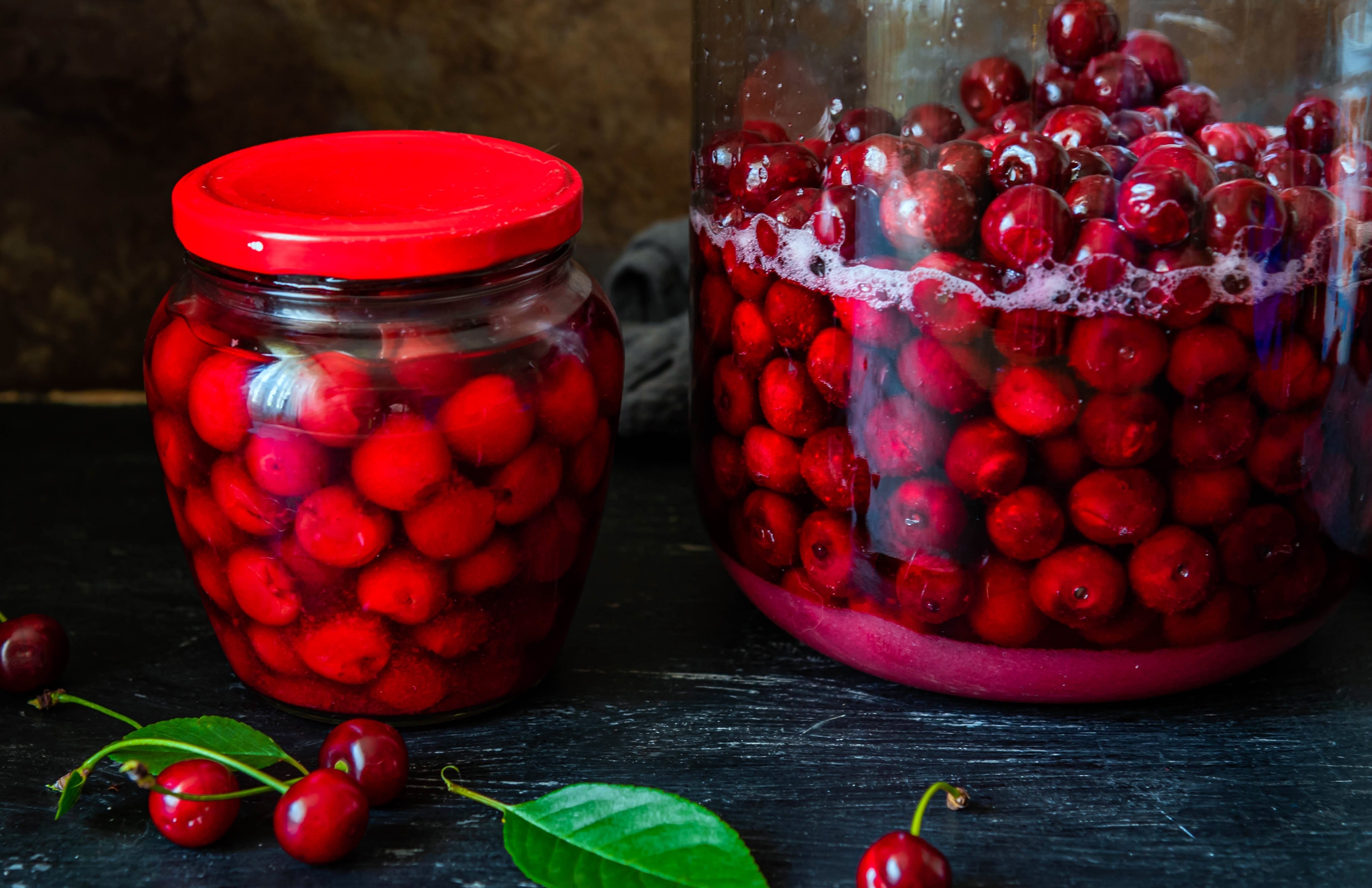
Fruit is rightfully celebrated for how sweet it is, but there’s nothing wrong with adding bite. Pickling cherries isn’t that dissimilar from making brandied cherries — just add them to a flavorful liquid and store them long enough to allow the liquid to penetrate the flesh of the fruit. The fruit juices are complemented by other notes — these pickled cherries, for example, favour pungent black peppercorns, star anise, and mellow vanilla. Carry out the canning process and store your pickled cherries so you can enjoy a welcome burst of summer well into the winter. Enjoy this tart treat on salads, with charcuterie platters, on ice cream, or dunked in a whiskey sour.
Make them into clafoutis
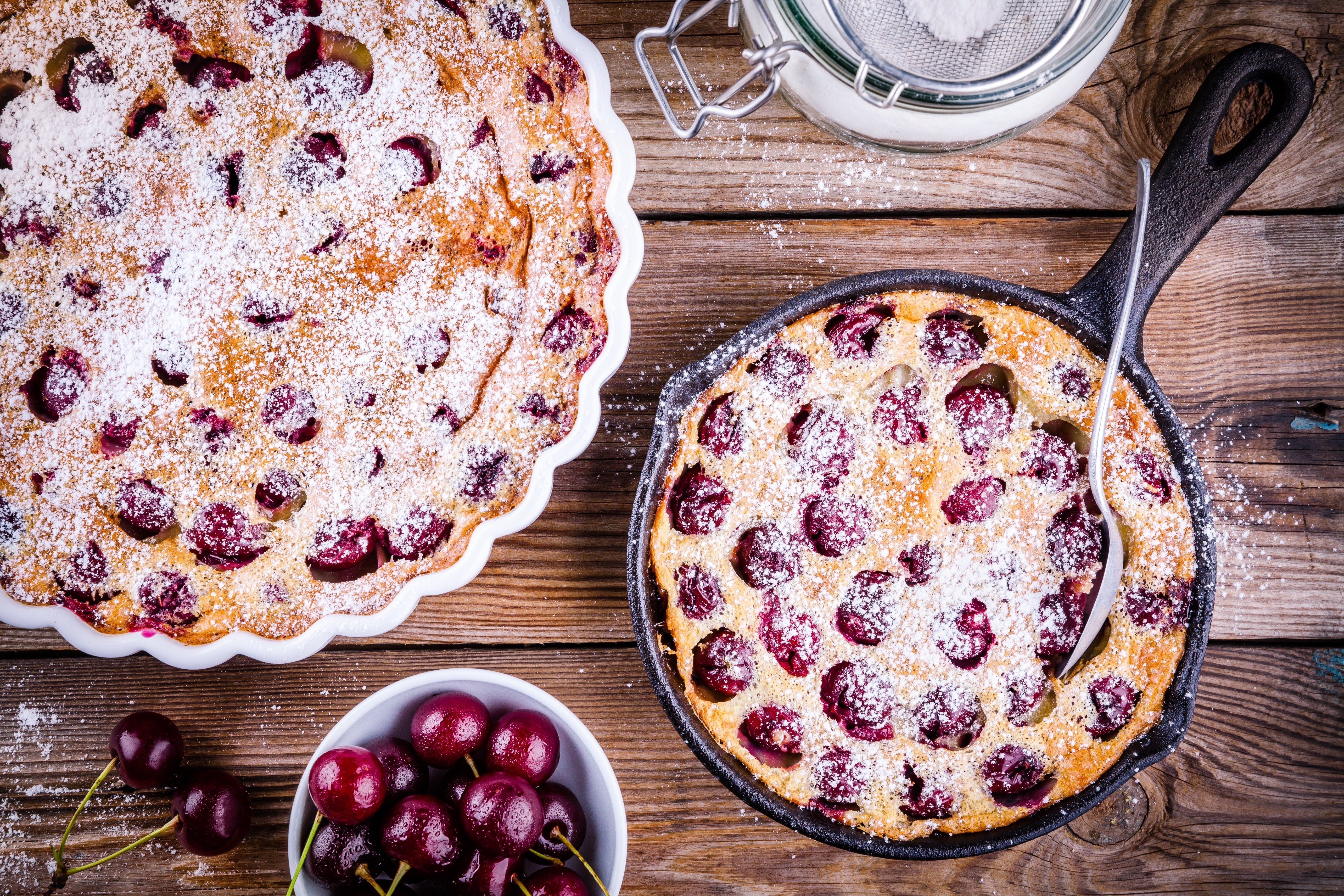
Fewer desserts make the transition from summer to fall easier than the warm custard known as clafoutis. Simple to assemble out of relatively few ingredients, the mellow custard base allows the cherries to be the star. Usually, fresh cherries are pitted and added to this dessert, but you can easily make it with frozen ones, too. Frozen cherries tend to “bleed” out their purple-red hue into the custard as it bakes, so I say, lean into it: Thaw the frozen cherries first, and once you’ve poured the custard into the baking dish, add them along with their juices and give them a little swirl in the pan. The dark juice will swirl in the light custard, adding an appealing marbling effect.
Enjoy them glacéed
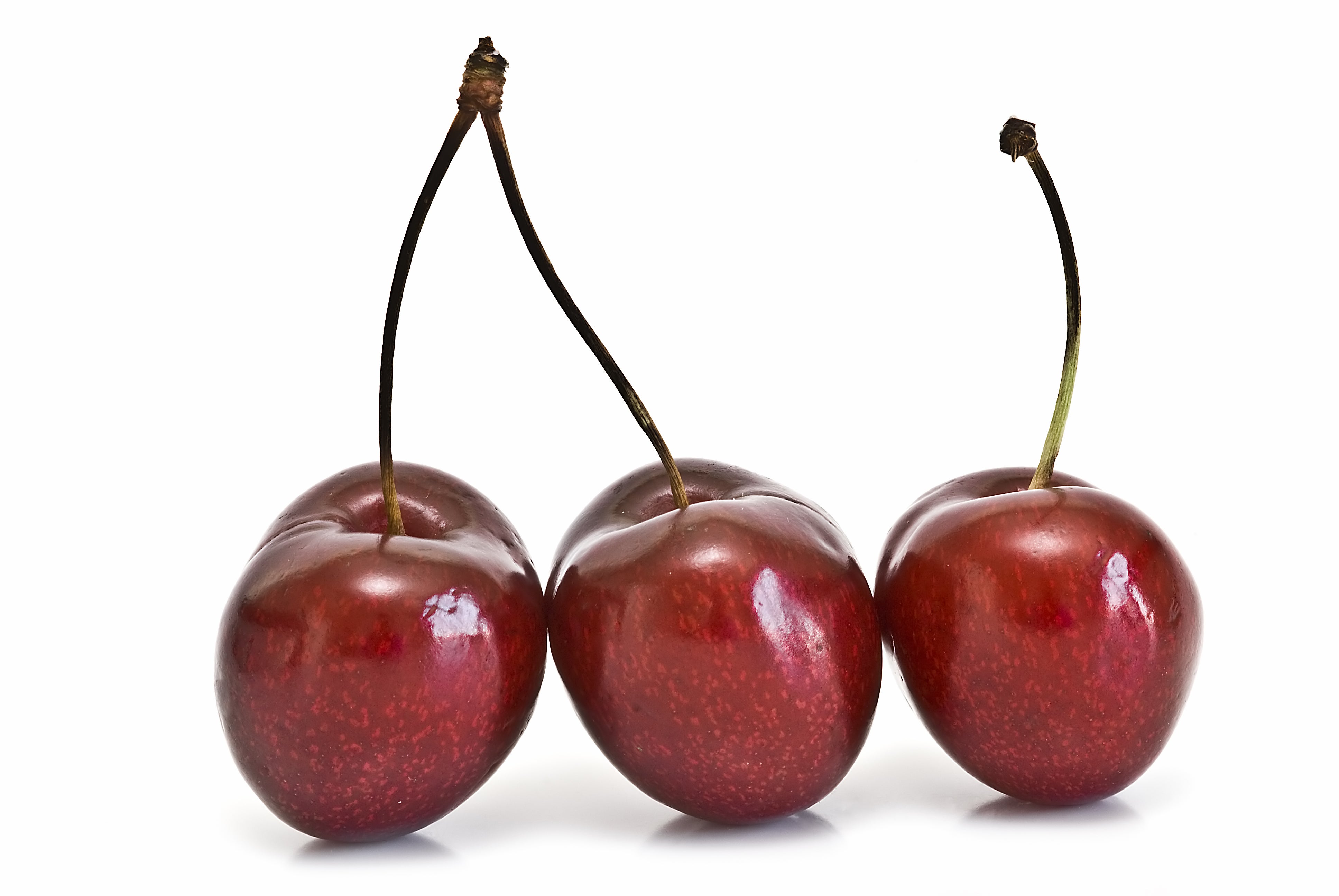
Turn cherries into glimmering fruity lollipops for a surprising take on candying fruit. Glacéed fruit is made by giving a small piece of any fruit a quick dunk into melted sugar. When you remove it, the liquid sugar will quickly cool, creating a thin, crystal clear layer of hard candy surrounding the fruit. To do this with cherries, cook the sugar to the soft crack stage (270°F to 290°F), dip the cherries, using the stem as a handle, to cover the fruit. Immediately remove from the hot syrup and shake off the excess. Let cool on a parchment lined baking sheet. Alternatively, pit the cherries and remove the stem. Line up two or three cherries on a skewer and dip the cherries. Let them cool standing up in a flower vase in order to keep the candy sheen uninterrupted. Serve on the skewer for a handheld fresh fruit lolly.
Mull them in wine

Fall is just around the corner, and mulled wine is back in style. Welcome the chilly autumn nights with open, long-sleeved arms and a full glass of cherry gløgg. Part of the allure of mulled wine is how low prep it is: Simply add a couple strips of orange zest (some folks add orange slices), two sticks of cinnamon, and one cup of pitted, split cherries to a container and cover with wine. I like to make use of a slow cooker because then I don’t have to worry about keeping an open flame on during the mulling process, but you certainly use a pot on the stove. Let the wine mull, covered with a lid, for about 20 minutes before you start to ladle it into cups — but leave it mulling. The wine will become more flavorful as the night goes on. Use any fruity, red wine you might have on hand, or check out this list for some of the best mulling wines this year.
Make roasted Cherries
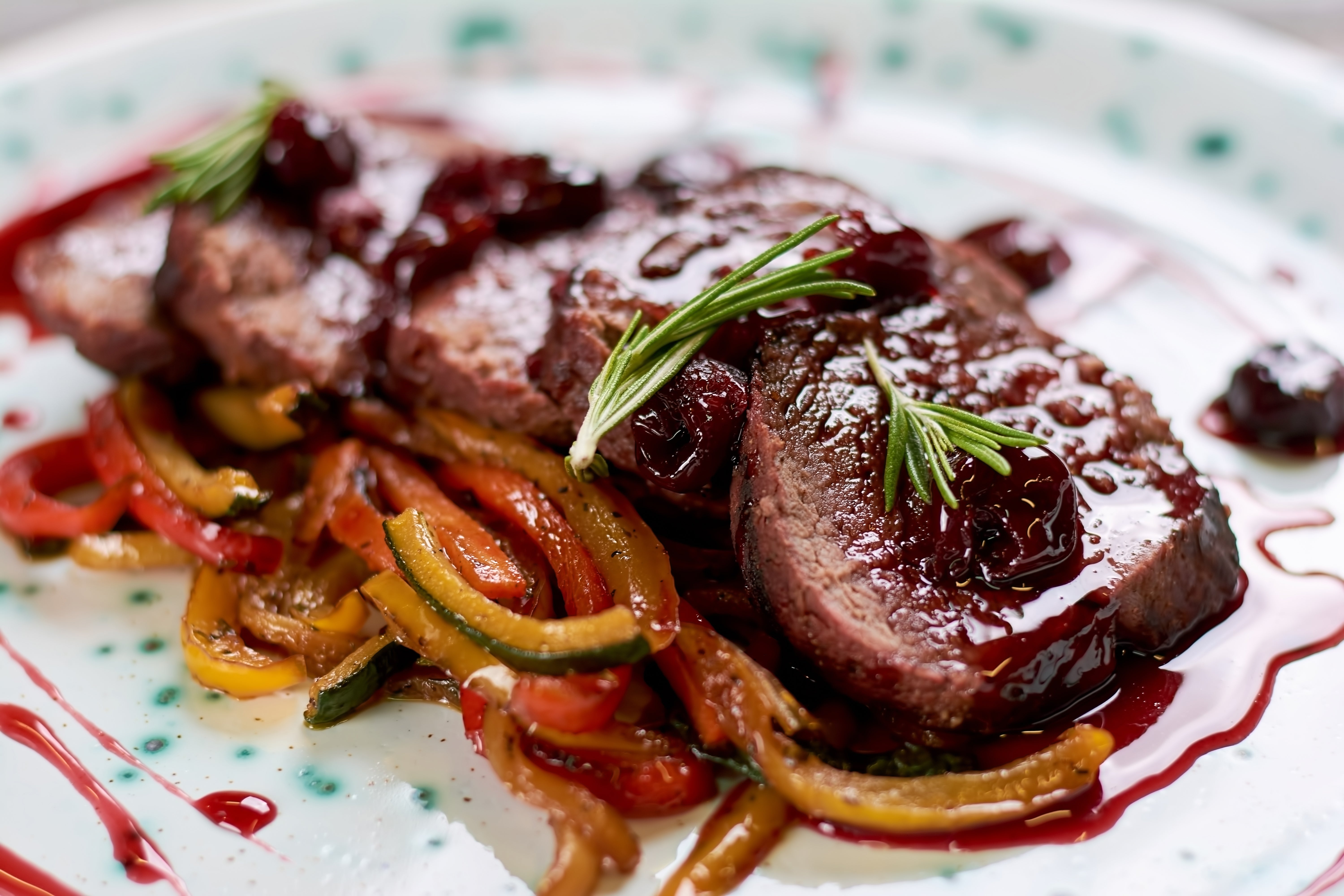
You may be used to roasting meats and root veggies, but how about fruit? Roasting food in the oven is a sure-fire way to get the most concentrated flavours out of it, whether those flavours are sweet or savoury items. Roasting cherries allows the oven to break down their cell walls, release their juices, and evaporate the water. The result: concentrated cherry flavour. Depending on what your intention is for the cherries, the result can be a dessert of its own (with a little whipped cream or ice cream). Keep some of the juices and add a brandy kick using this recipe from the Kitchn. You can also roast the cherries and toss them with spices to bring a sweet and savoury component to other dishes. Roasted cherries pair well with Mediterranean-style grain dishes, over a warm balsamic chicken salad, spooned over roasts, or served alongside a cheese or mezze platter.
Make a cherry pie, obviously
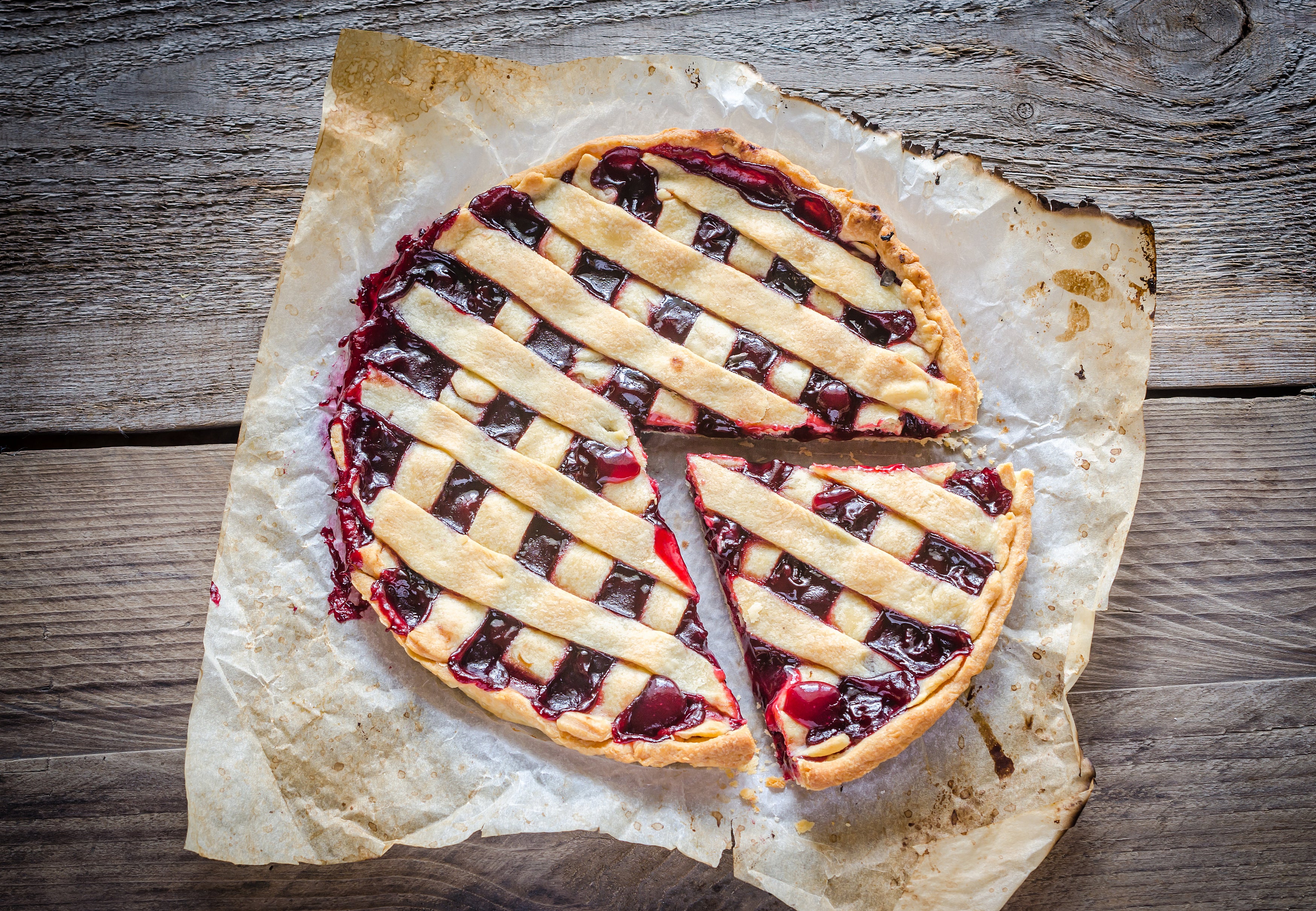
Although this might seem obvious, it’s such an important cherry dessert that I won’t stand for it to be left off of the list. Cherry pie is a fantastic way to showcase a bounty of cherries in one swoop. Similarly to clafoutis, you can make cherry pie with fresh or frozen cherries. I do highly advise cooking the cherry filling prior to baking, as opposed to the raw-and-guess version of filling a pie. Cooking the filling beforehand allows you to monitor and adjust the thickness of the fruit filling. As we know from before, cherries have a good deal of water inside of them, and although that makes for a great compote, a runny sauce will not hold up as a pie. Pit the cherries and start off the same way you make a cherry compote. When the cherry juice begins to boil, add a cornstarch slurry (cornstarch mixed with a bit of cold water) a little at a time and stir. When the desired thickness has been reached, take the filling off the heat and allow to cool before adding it to the pie crust.
Enjoy a cherry gelee
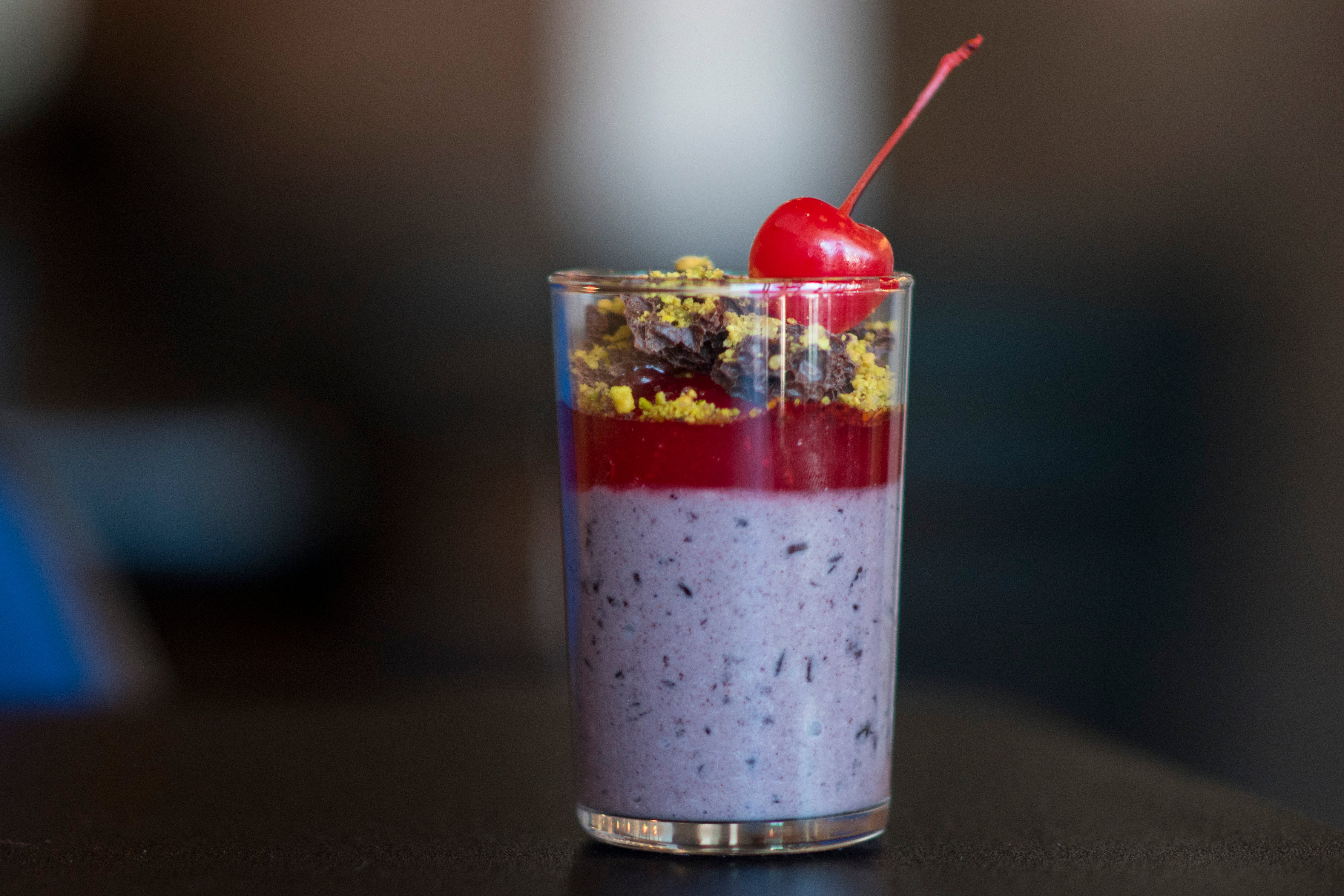
If you’re feeling creative, let no one stop you from exploring your dessert abstract expressionism with this cherry gelee dessert from Martha Stewart. Cherry gelee is made by cooking the juice, or puree, of the fruit and adding gelatin. You can mix it while it sets, like in Mattie’s recipe, and achieve a soft, spoonable texture, or let the gelee set completely without agitating it. You can pour it onto mousses, cut it out into shapes and use it as a layer in other desserts, like in this recipe from the American Culinary Federation.
Oven-dry you last remaining cherries
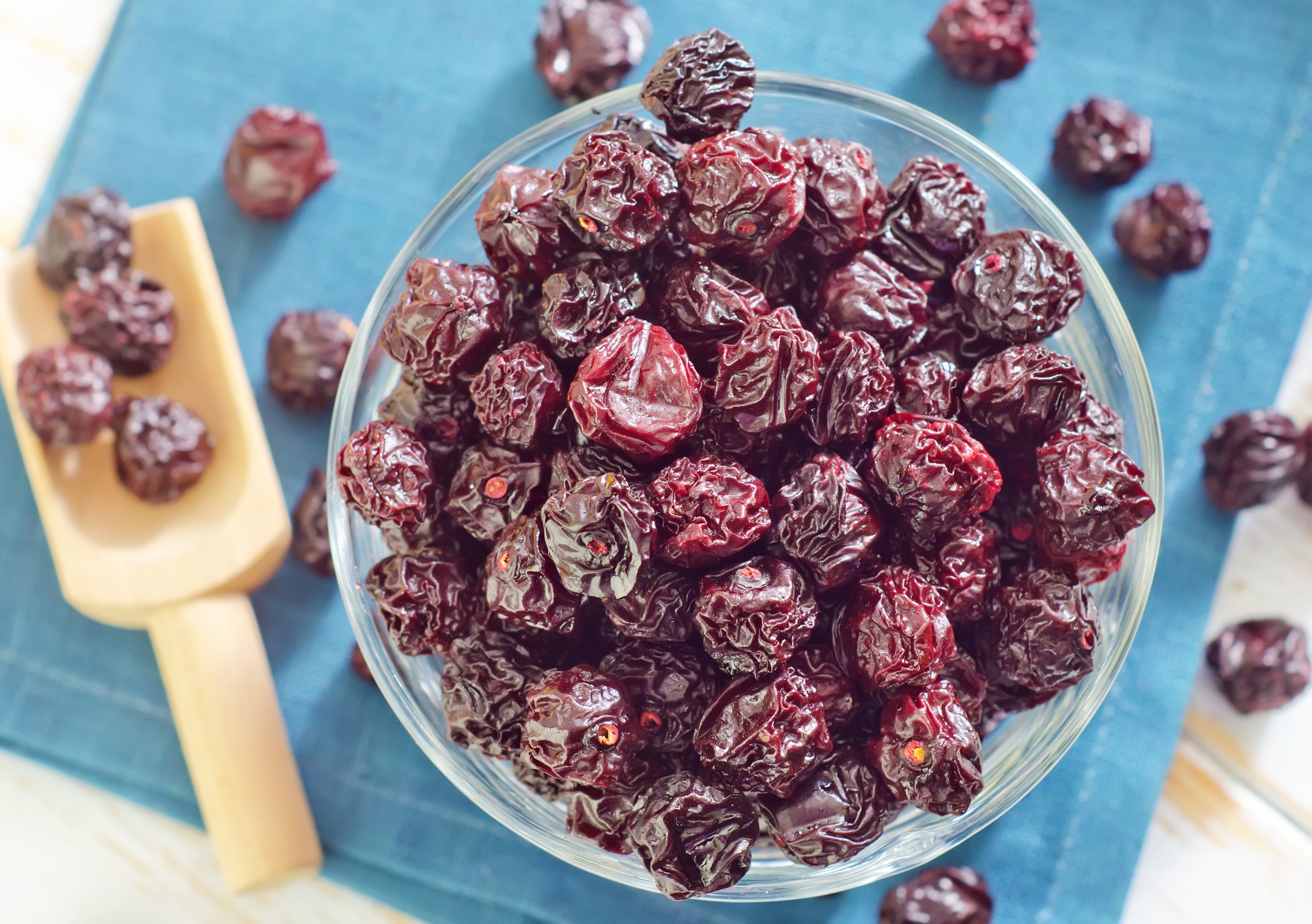
Drying cherries is the perfect last-ditch way to keep these summer fruits around until next season. If you’re not in the business of covering them in vinegar and canning them, drying them can be easier — and something of a money saver. (Dried cherries can get expensive during the winter months.) By now, you’re probably ready to switch on the oven to make homemade granolas and fruit-studded breads and cakes. With a little planning ahead, you can make large batches of dried cherries and seal them up in airtight jars to use in the months ahead.
To make oven-dried cherries, pit and stem the cherries and lay them out on a wire rack placed over a baking sheet (to catch any drips). Place them in a 200°F oven for about six hours. They’ll be soft at first and firm up a little as they cool. Depending on the ambient temperature of storage, tightly sealed jars of dried fruit can last for six months to a year. That’s long enough for you to be topping steel-cut oatmeal through April, with an ear to the ground for next summer’s cherry harvest.
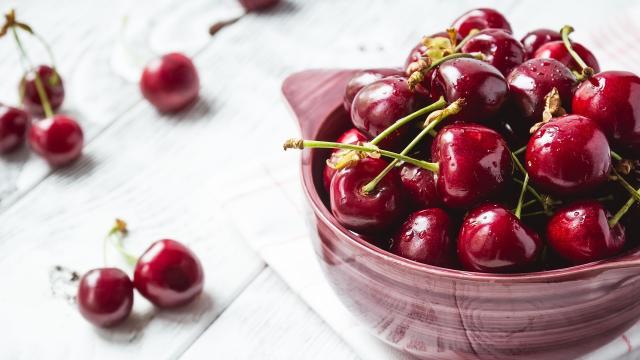
Leave a Reply
You must be logged in to post a comment.